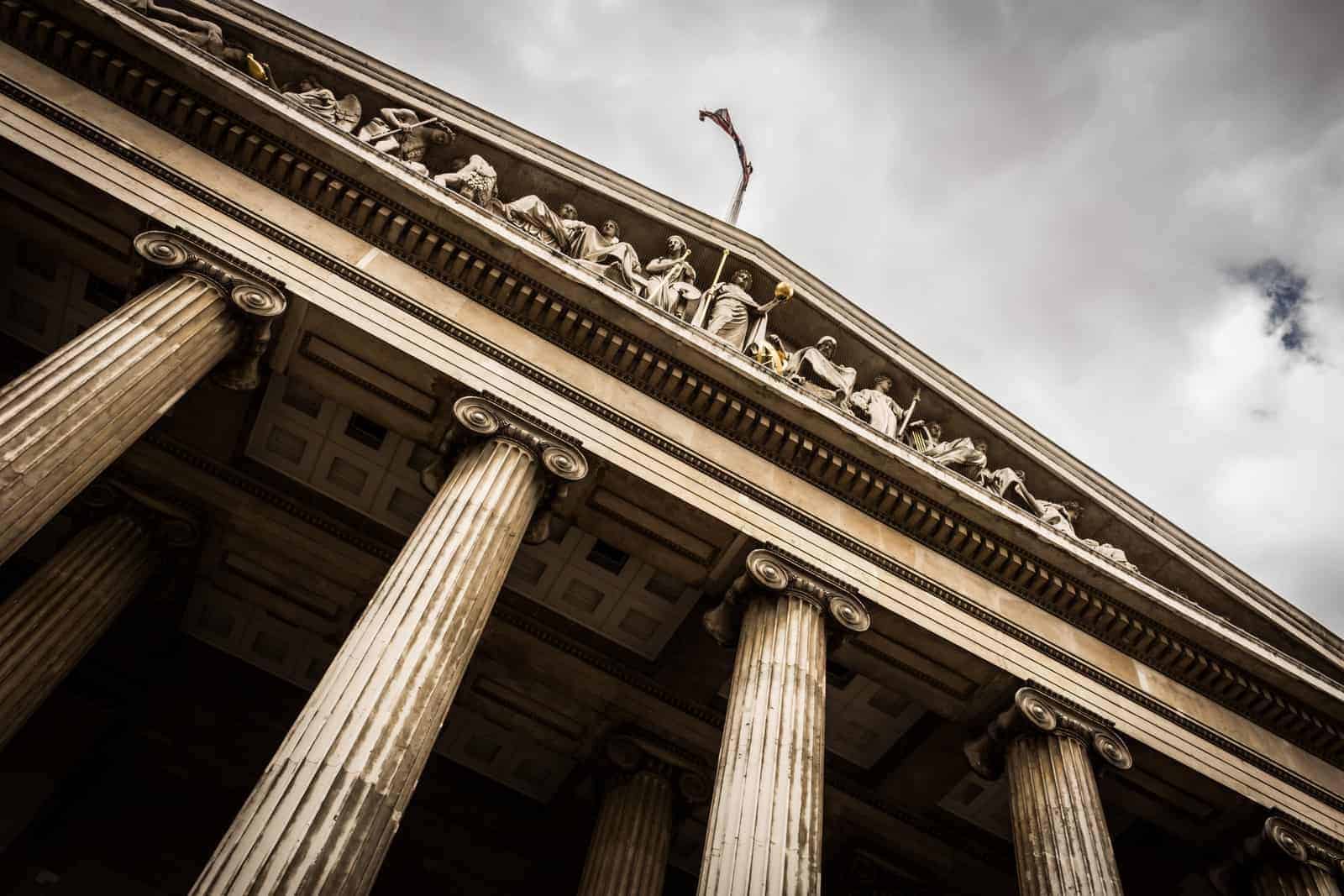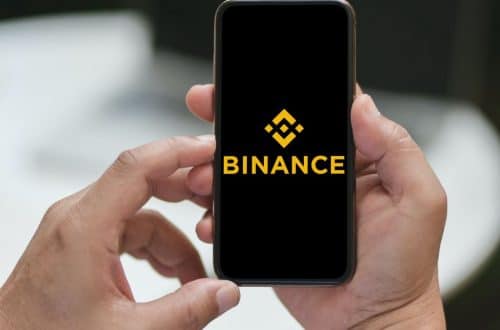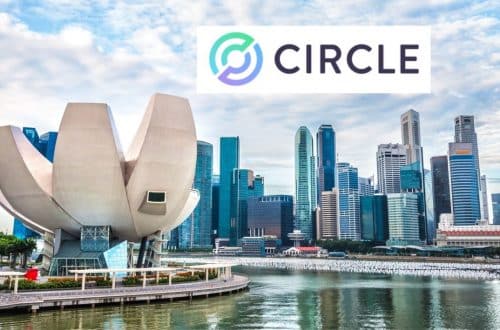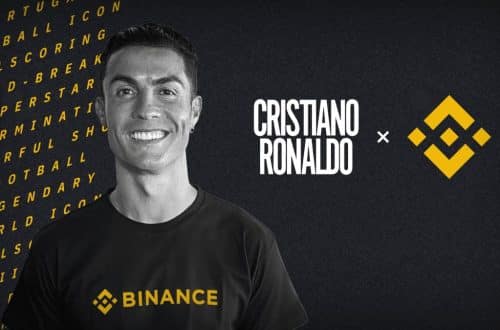
Belgian Museum Tokenizes Million-Euro Masterpiece to Allow its Fractional Ownership
The Royal Museum of Fine Arts Antwerp (KMSKA) in Belgium is working with two blockchain companies to tokenize Carnaval de Binche, a million-euro painting by Belgian artist James Ensor, to allow everyone to become a “co-owner” of the masterpiece. The partnership is with blockchain companies Rubey and Tokeny to tokenize the masterpiece on the Polygon (MATIC) blockchain using Tokeny’s compliant ERC-3643-based security token, a standard for permissioned tokens.
The painting, which is currently on display at the museum, will be tokenized using the Ethereum blockchain by Swiss startup Artory and Japanese firm Creativly. Each token represents fractional ownership of the painting, with a total of 1,000 tokens to be minted.
The museum hopes that this will allow more people to “engage with and enjoy” the painting, as well as increase its visibility. It also plans to use the data collected from the project to better understand how people interact with art.
The tokenization of Carnaval de Binche is part of a larger trend of museums and other cultural institutions using blockchain technology to engage with their audiences. The Louvre, for example, has partnered with blockchain platform Talao to create a marketplace for art and cultural experiences.
The Royal Museum of Fine Arts Antwerp is two-centuries-old and houses a collection of artworks that span from the 15th century to the present day. The museum is home to works by artists such as Pieter Bruegel, Peter Paul Rubens, and James Ensor.
Carnaval de Binche was painted by Belgian artist George Seurat in 1887 and is currently on display at the Royal Museum of Fine Arts Antwerp. The painting is one of the museum’s most popular works, and its subject matter—a traditional Belgian carnival—resonates with many locals.
“[The KMSKA] is the first European museum to tokenize a masterpiece to democratize art investment,” says the announcement.
While the art industry has been traditionally dominated by wealthy individuals, the KMSKA says it aims to make masterpieces available to the masses by offering fractional ownership.
In the case of Carnaval de Binche, everyone can become a “co-owner” with an investment of EUR 150 (USD 158). The fractional ownership would be sold via an Art Security Token Offering, with the money raised being used to purchase the painting.
The painting would then be tokenized on the Ethereum blockchain, with each owner receiving a unique ERC-721 token.
“It is important that as many people as possible have access to great art,” says Managing Director of KMSKA Dirk Snauwaert in the announcement. “With this project, we want to break down the barriers that currently prevent this. By making a work of art like ‘Carnival in Binche’ accessible to a wider audience, we also want to contribute to a more inclusive society.”
The project is being carried out in collaboration with the Flemish research center imec, which specializes in digital technology, and the Artgusto platform. Artgusto is a digital art registry that allows investors to buy and sell shares in works of art.
The project is also intended to help fund the restoration of the painting, which is currently in need of some repair. The painting will be stored in a secure facility and will be insured for its full value.






